TXT (Textile)
TEXTILE | TEXT | CONTEXT
The textile department of the Gerrit Rietveld Academie is called TXT, short for textile and text. Both words derive from the latin verb tessere, which means 'to weave'. TXT has developed an ongoing investigation in combining material explorations with cultural research. Students are inventing new ways to apply techniques like weaving, felting, knitting and printing into readable assemblages. These experiments result in a variety of outcomes: new materials, innovative applications, autonomous work and engaged statements that can also take the form of an essay, lecture or performance. The exchange between written word and all kinds of materiality is examined, tested, discussed, recycled and represented. There is an infinite array of possibilities for producing new textiles, closely related to social webs and networks, garments and homes.
In short:
Textile | Context | Text | Tactility | Texture | Theory | Technique | Textualities
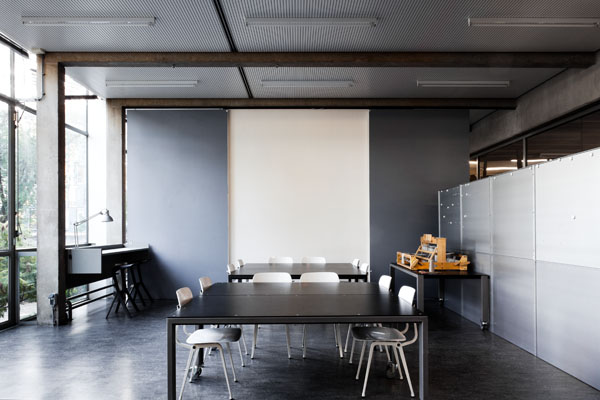
Programme
Material Research + Knowledge
Concept Development: Developing and testing the concept in a broader context
Editorial skills: Mapping + writing + editing + presenting
Material culture: Close reading + ways of thinking + presentation
Writing, drawing and art history
Weaving workshop
Textile workshop
Way of working
Collective research; individual talks and guidance with feedback of the other students; workfloor (reflective and editorial seminars); excursions; field projects in artist in residencies.
Contact / See also
textiel@rietveldacademie.nl
Study structure
First specialisation year
In the first TXT-year you will broaden your horizon but also learn how to develop a critical view of your own work. You will learn to create new fabrics and to put them in context. You will be given individual and group assignments and be challenged to experiment with both technique and design itself. The fields of research may be body-related or space-related. Next to all the making and testing, there will be a great deal of reading and writing in order to help you learn to develop and express your own thoughts on textiles.
Second specialisation year
The second year is about refining and deepening your own work and defining your position as a maker. Are you a material specialist, a maker or a researcher? Can the material speak for it self? How to look at the world and how to engage through your work? Collaboration with students from other departments will be encouraged.
Third specialisation year
After the internship of two months you will be writing an essay. The essay is an important part of the third specialisation year. This essay will help you to reflect on your work in a bigger context, it forms your own lexicon. And, of course you will also spend much of this year working on your final presentation of ideas, materials and artefacts. Together with a curator and the other students you will curate your graduation exhibition. After graduation you may use the title Bachelor of Art & Design (BA).
Theory
Theory has a very important place within the TXT department. One session a week is spent on reading, writing and analysing texts. Philosophy and conceptual thinking are important in this. The Studium Generale is also a standard part of the theory education in the TXT department. The Studium Generale provides a general historical context concerning current themes in the contemporary international art world. The Studium Generale brings in prominent speakers from the Netherlands and abroad. For more information, see Studium Generale.
Internship and exchange
Internships take place at the end of the second specialisation year or at the beginning of the third year and are an important part of the graduation program. It is also possible to participate in an international exchange program at another academy.
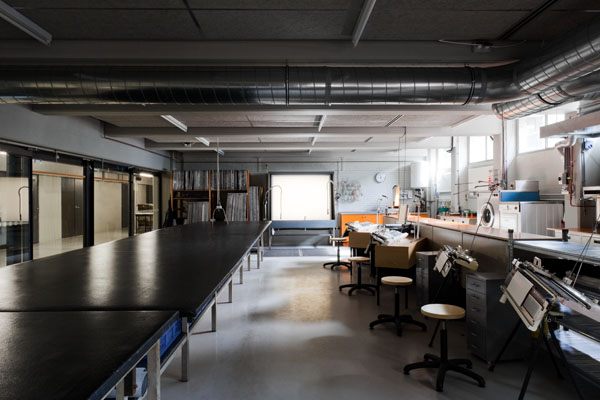
Textile workshop / Textiel werkplaats
Projects
Neighbourhood Knitting (2004), Bed Pieces (2005), Cover Space (2005), City Slicker project (2006), Real Textiles lectures (2010), D.I.G./Dress Information Group (2011), House Home or Both? Schiedam (2011), Shanghai Gesture, weaving a cultural exchange (2012), Enacted Magazine, presentations at Wongema (2012), Rainproof with Aliki van der Kruijs (2013), Domestic project, social research (2013), Wardrobe Research project (2014), North South Axes, Rethinking Richard Tuttle (2013), Body Minus Garment Equals (2015), Fieldwork, an exploration on farming, weaving and thinking (2016)
Cooperation and exchange with textile departments of Sint Lucas (Gent), Tama Art University (Tokyo), Weissensee School of Art (Berlin), Fries Museum (Leeuwarden), European Textile Network (Hannover) and Dutch Weavers Network
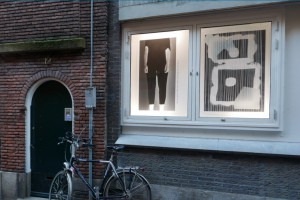
Eight Cubic Meters by TXT (Textile)
Read more
Body minus garment equals
The TXT department proudly presents a selection of images, texts and weaves from a collective investigation into body, clothes, behaviour and identity. On view at Eight Cubic Meters, from Wednesday 27 January until 9 May.
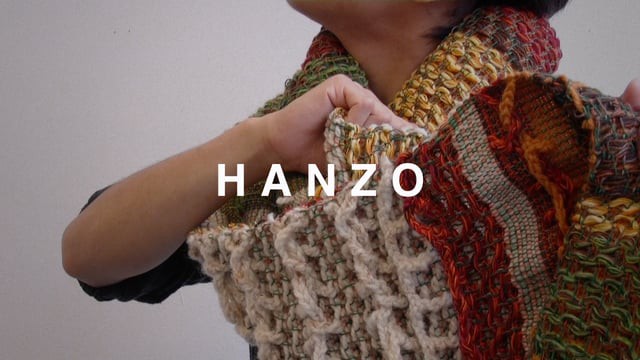
Body minus garment equals - 16 December 2015
Read more
TxT (Textile) years 1 and 2 congregated in a collective project about dress information. This semester, the group dives into garments and researches the way garments relate to bodies. There will be a screening and exhibition in the Glass Pavilion on 16 December, 4PM.
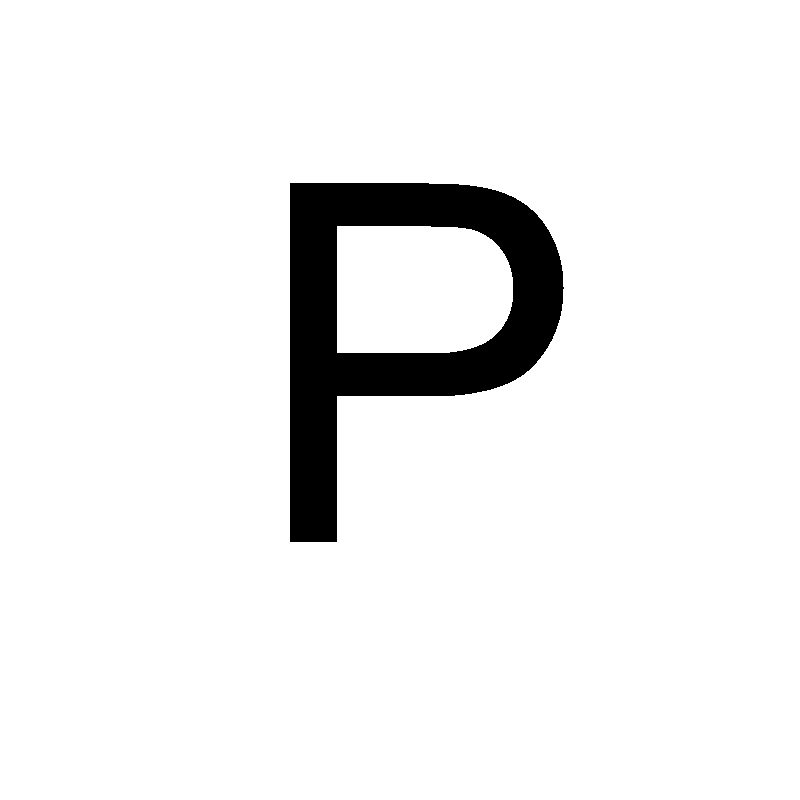
Eight Cubic Meters by TxT (Textile) presents: Maria Naidich
Read more
Eight Cubic Meters by TxT (Textile) presents:
Maria Naidich / Presente!
January 14 (4PM) - March 15 (4PM)
Over 5.000 people are kidnapped in Mexico every year. On 26 September 2014, police kidnapped and murdered 43 students of the Rural college San Isidro Burgos in Guerrero, Mexico. We are living with an alarming devaluation of life with big amounts of deaths and violence, as a result of a corrupted government. As a student, as a Mexican, as a human being I feel responsible to protest and spread the information, which is controlled by media, about what is really happening in my country and give support to the people who are living in this situation back in Mexico.
I made a video performance at the academy with international students from Iceland, Turkey, Sweden, Russia, Bosnia, Japan, Tunisia, China, the Netherlands and 15 other countries. In the video, each person named out loud the country they are from and the word “present” in their own language. We are aware and we are present.
We are aware, and we are present.
During the performance, we all wore t-shirts with a face of one of the 43 students, each portrait drawn by the student wearing the t-shirt. In this process, students created a connection with an other student they never met and they never will.’
From January 14 till March 15 Maria Naidich (student of the Textile department) will be showing her work at the Eight Cubic Meters gallery in the Sint Nicolaasstraat in Amsterdam. It is open 24/7.
For more information about this project, contact Buro Rietveld: buro@rietveldacademie.nl
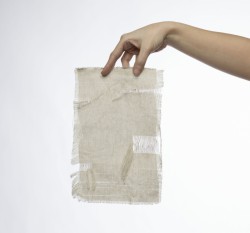
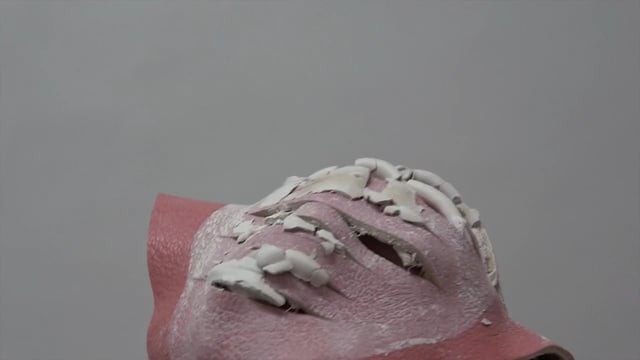
2017-01-26 11:36:07
This movie shows the new possibilities of the stretched out and cutted-up leather and non-leather samples. I could imagine these movable structures applied in architecture or stage design, but this movie also points out another point of view. Can a small piece of left-over leather perform again on its own, as it once did when it was animal skin?
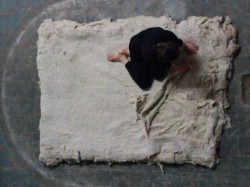
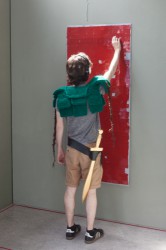


Students 1st year
Students 2nd year
